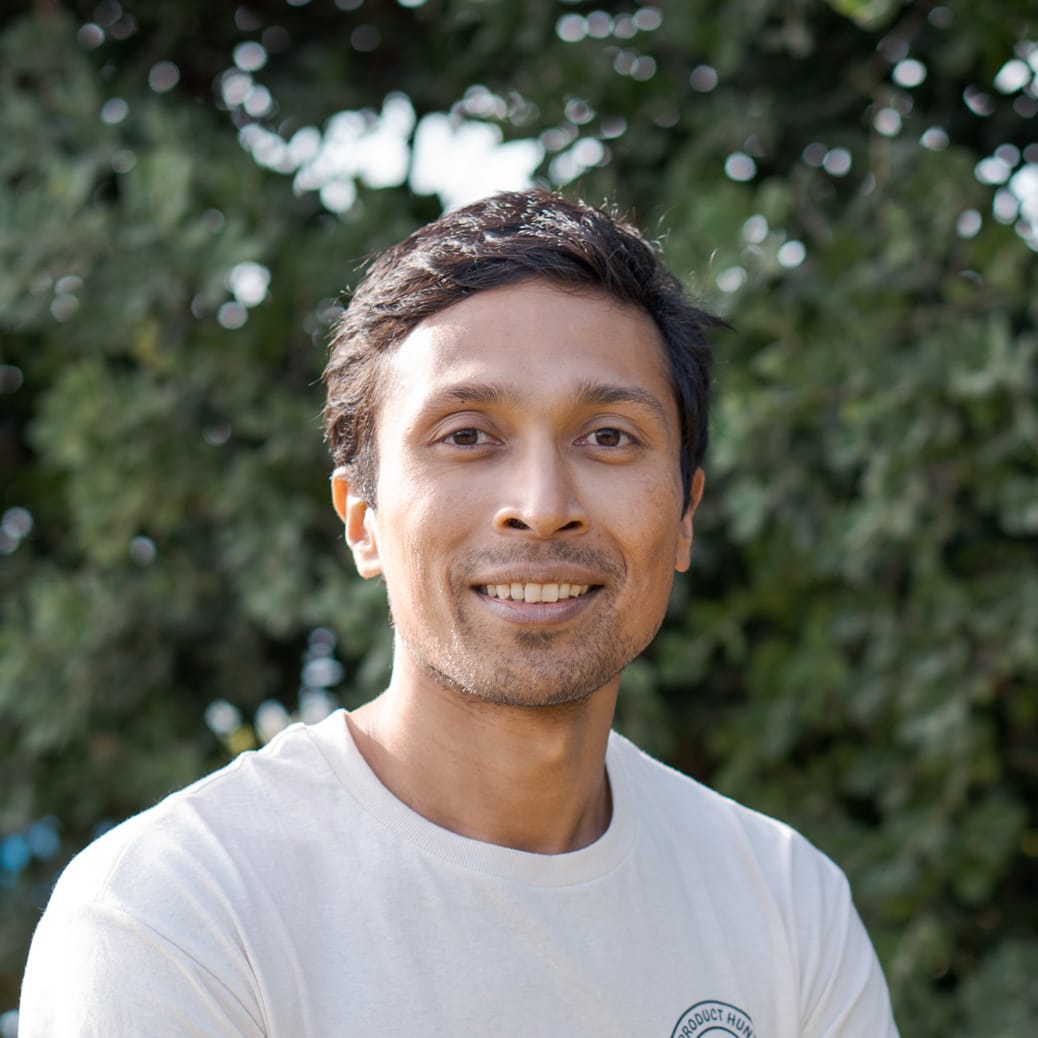As I took the last rest, just above the second bolt, I looked up at the 45-degree-overhung crack system with familiar awe. I dug my thumbs into two convenient notches, inhaled crisp October air, and observed my forearms recovering, my torso tense, waiting patiently for the point of diminishing returns. I started up into the business, taking a small foot-slip in stride, and paused an extra split-second to slot my left hand correctly into the finger-lock. That small adjustment made the difference. I climbed farther than ever before before falling. Hanging on the rope, I let elation fade into a mixture of fear and anticipation as I contemplated the four hard moves that separated me from the top.
I pulled back onto the rock and found the balance point that made the crux move possible. Turned sideways, hands and feet level, pulling with such force my shoulders felt on the verge of dislocation, I reached the small groove with my left hand. I screamed my way up to a small sloper, my left leg desperately ruddering against the blank face. I felt the edge bite deep into my right 5th finger, but I was in the zone, I clamped down on the sloper, and vise-gripped the finishing pinch hold.
When I first tried The Project, I could not fathom half of the moves. A year and a half later, with over 30 days working it, I had linked the route in two overlapping sections. The journey wasn't over, but the end was in sight.
Sunday evening I was high on progress. Exultation reverberated around the perfect echo-room of my ego and memory. Monday morning, my left shoulder felt awkwardly displaced, like a knuckle waiting to be cracked. I failed to shake it into a comfortable state, but figured the sensation would go away. Tuesday morning it felt much the same, no better, no worse. On Wednesday I reached across my body to turn off my alarm, and felt a sharp, grating pain in my shoulder. I saw a doctor later that morning. Diagnosis: rotator cuff strain. My season was over—for hard climbing, at least.
That night I went for a long run in cold rain, trying to drown my disappointment. I've recently grown to like running. When I find a good stride, the miles blur then melt away. I feel transmogrified into a giant lung with an equally out-sized heartbeat. The polyrhythm of feet, pulse, and breath holds my attention and eventually subsumes it; no iPod necessary. But what I love about climbing is the opposite. When I can bring everything together on a route at my limit, I feel hyper-aware. Every micron of texture, every moment, every shift in momentum is etched in memory.
Months later, I still have a lucid memory of that last attempt. I can turn it over and over in my mind, like a faceted jewel. I remember how one hold cut into my fingers more than usual, because my hand was turned a fraction of a degree. I can see how I paused around the third bolt to correct a poorly-positioned foot. I can re-live the exultation when I surpassed my previous high-point, and how urgently I regained equanimity and focus to make just one. more. move.
I remember the edge tearing deeply into my finger as I reached past the crux, and I recall how the sensation somehow freed me of inhibitions. I knew instantly and subconsciously that I wasn't getting another attempt that day, nor that weekend, not until I regrew skin. In the moment that followed I gave everything to the rock, claiming in return the last few moves.
As I lowered to ground—arms, torso, and legs shaky with depleted glycogen, gazing on the strangely artful spatter of bright-red on my chalked hands—I remember thinking the world has rarely been this beautiful, this good to me.
Why do I climb? Because metaphorically (and to a lesser extent, literally) climbing transports me somewhere special. In the best moments, time slows, gravity plays truant, emotions condense and crystallize. I feel like I become, in some intangible way, a better person. For me the summit will never be the end of climbing.
Originally published Feb. 2013 as "The end of climbing"
